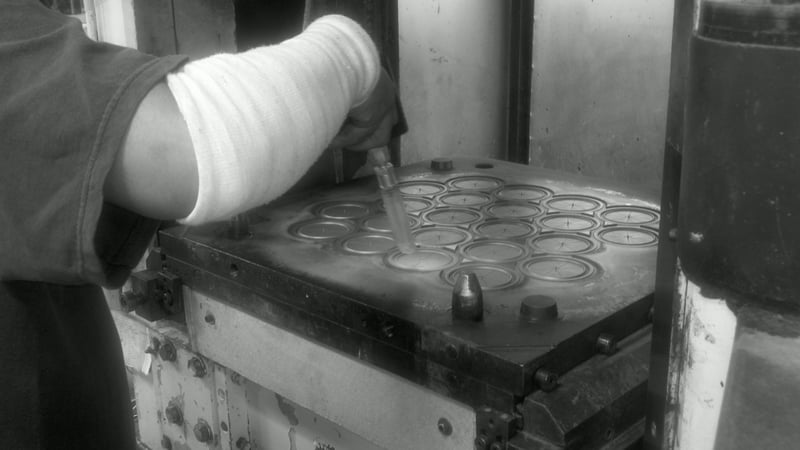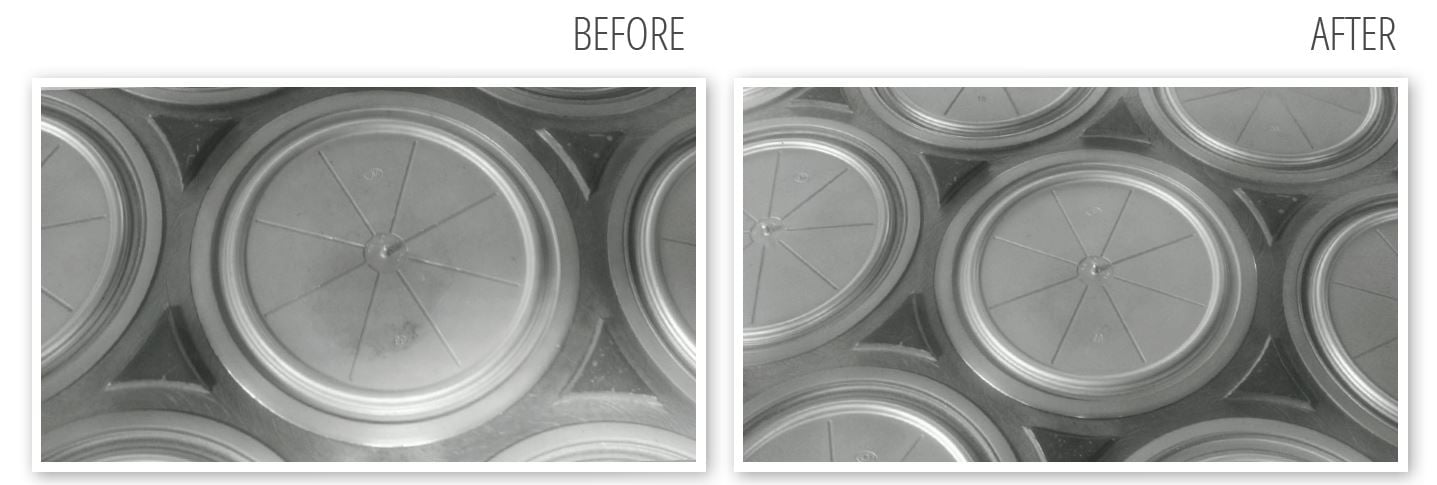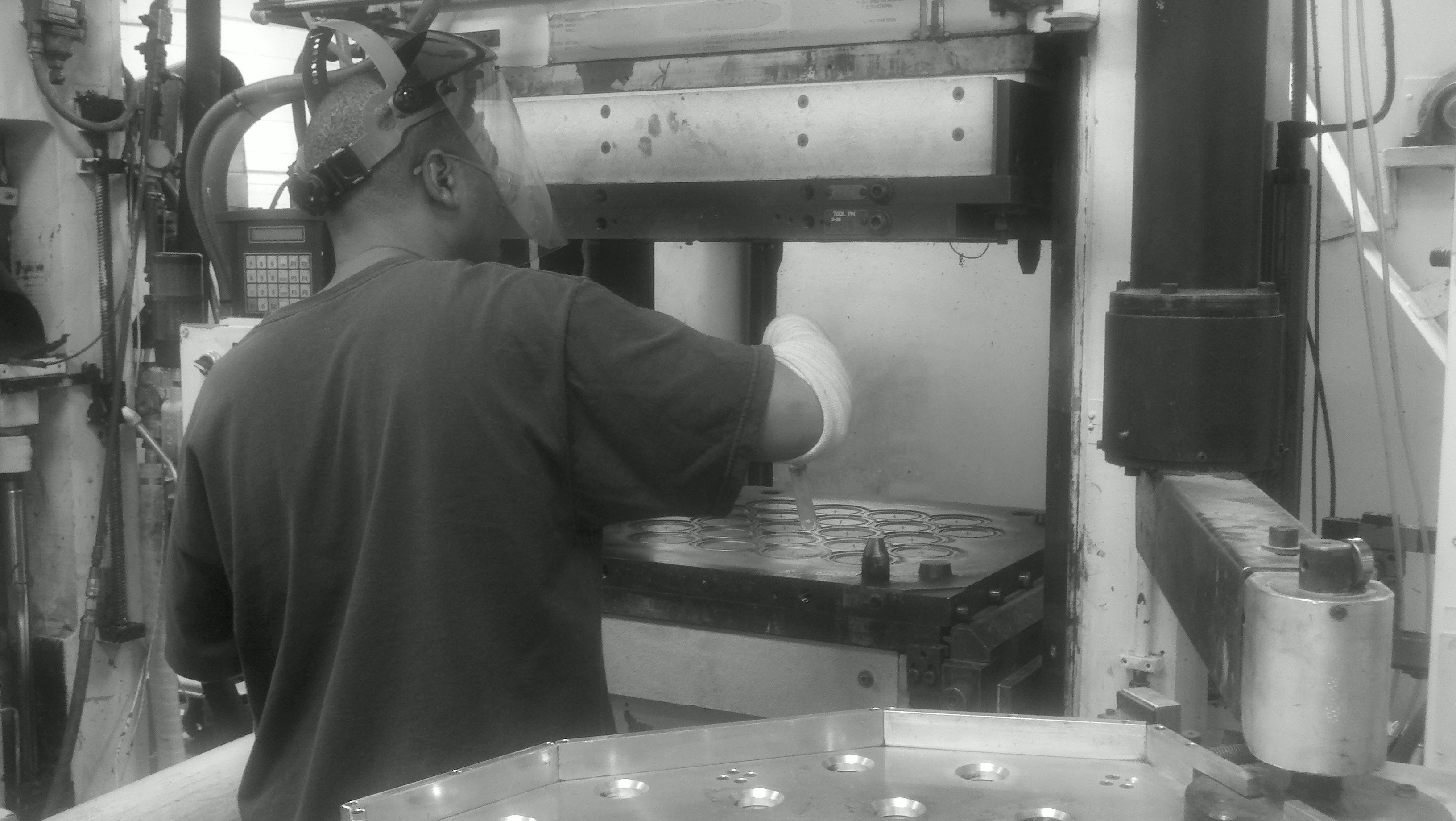Vernay needed a rubber mold cleaning solution that would enable them to clean in place and reduce their overall downtime.
Vernay Laboratories, Inc. invented the wax expansion element that revolutionized the automotive thermostat. More than six decades later, the original wax element thermostat is still used in every car on the road. Since its founding, Vernay has developed into a trusted fluid control solutions provider to leading OEM’s and emerging companies in the Automotive, Medical, Consumer/ Specialty, Printing and Small Engine industries.
Vernay has production facilities around the world and their facilities are ISO-certified to the same exacting standards, ensuring consistent and reliable quality – regardless of where the component is produced.
The company needed a system to clean compression, cold transfer injection and hot transfer molds.
The Problem
Vernay used traditional cleaning methods, including ultrasonic baths and other media blasting methods, but they required that the company pull their molds from production for cleaning. Additionally, the blast media and dust would become entrapped in critical areas of the mold, requiring further cleaning.
“Our biggest problems were the molds soiling because of the rubber off-gassing and the subsequent productivity loss when molds were taken out of the presses for cleaning,” said Brian Bailey, Facilities Manager with Vernay. “Approximately 6-8 hours were lost to remove and clean using the conventional methods. Additional time would also be required to reheat the mold back to production temperatures before the molding process could resume.”
Vernay needed a cleaning solution that would enable them to:
-
Clean in place
-
Reduce overall downtime
-
Increase worker safety
The Solution: Dry Ice Blasting

Dry ice blasting was an attractive solution for Vernay because the process allows for in place cleaning without major disassembly or cool down.
Dry ice cleaning systems use non-abrasive media in the form of recycled CO2 that won’t damage surfaces or equipment. The combination of dry ice cleaning’s kinetic energy and thermal effects break the connection between the dirt and surface, lifting away the contaminants.
“By cleaning in place, we have addressed the operator safety issues associated with pulling a hot mold," said Bailey. "One of the most notable gains is the increased productivity by cleaning our molds in place, thus extending our production runs. We now use dry ice blasting in all of our manufacturing facilities.”
Unlike blasting with other media, dry ice cleaning:
-
Does not leave any secondary waste
-
Is safe and non-toxic
-
Does not create downstream contamination
“The greatest value of dry ice blasting to our operations has been the ability to extend our running times,” said Bailey. “We no longer have to pull the molds in order to clean them and this has greatly enhanced our productivity.”
Learn about dry ice blasting in rubber
The Results

Clean easier and more effectively
Vernay began by cleaning the molds with easier shaped geometries – without undercuts or recesses. When they discovered how easily they cleaned, Vernay moved on to more complex tooling, such as their check valve molds and were even able to clean the very small core pin blades, 5 millimeter x 3 meter in diameter, while the molds were still in the press.
They also cleaned their large equipment, such as their 24 inch x 24 inch diaphragm molds.
Clean faster
The total project took 30 minutes to one hour depending on the size of the mold. Vernay performed studies comparing the cleaning time versus downtime when using dry ice instead of their conventional media.
Overall, their cleaning times were reduced from more than six hours to just 30 minutes depending upon the mold complexity.
Increased productivity
By cleaning in place, Vernay no longer had to spend hours waiting for their molds to cool down and then remove them.
"One of the most notable gains is the increased productivity by cleaning our molds in place, thus extending our production runs," said Leroy Milam, Senior Manufacturing Engineer. "We now use dry ice blasting in all of our manufacturing facilities.”
Increased worker safety and reduced risk of damage
“By reducing the number of times we have to pull the mold, we have also reduced the risk of damaging the molds,” said Milam. “By cleaning in place, we have addressed the operator safety issues associated with pulling a hot mold."
.png) English
English
